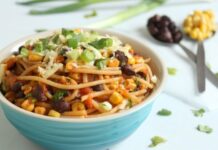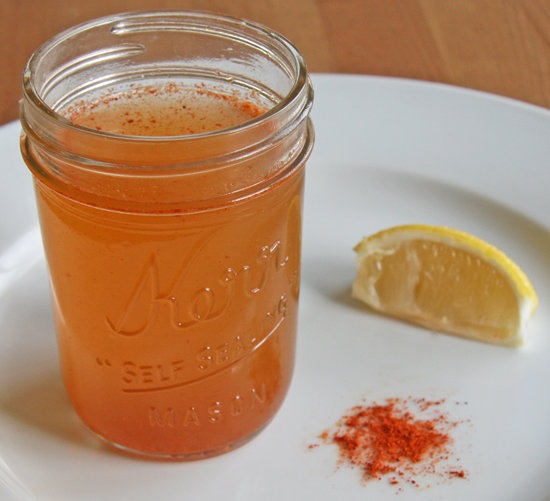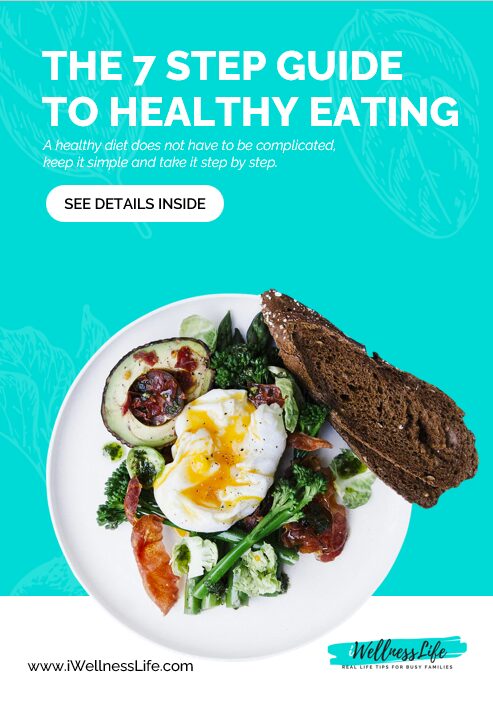The KETO Diet is a popular diet these days. It is hard to watch any celebrity show or open any celebrity magazine and not see at least one mention of this diet.
So why you most certainly have heard of the KETO diet before, you may be a little hazy on the specifics of the diet – but don’t worry – I have you covered!
So What Is The Keto Diet?
- This way of eating focuses on eating whole food.
- This diet will change the fuel that your body uses primarily to fat.
For maximum fat burning, carbohydrate intake should be 25 g-100 g/day. At the lower limit of 25 g per day nearly everyone will be ketogenic even the most sedentary lifestyle. At the upper limit of 100 g per day, this is reserved for the most active people.
Protein
Men should consume 30 g of protein per serving. Women should consume 25 g of protein per serving. There is no advantage for men or women for consuming much more than this in a serving. Further, consuming less protein than this does not spark the examination of the fat burning system. Protein should be consumed at somewhere between 1.5 g-1.8
g/kilogram body weight. Above 1.8 g per kilogram body weight per day, your body will start to convert the excess protein into carbohydrates, thus, you will lose ketosis.
In general, as a rough rule, a protein portion is approximately the size of your palm and about ¼ inch thick.
Warning
Medical supervision is recommended for any weight loss program, especially if you are currently taking any medications. As your weight decreases and your medical conditions improve, medications will probably have to be adjusted. Blood work should be checked periodically to make sure that your values are within the normal range.
Side Effects
The ketogenic diet does have some possible side effects, as does any effective weight loss program. It is important to drink a sufficient amount of water. To help prevent these symptoms, I recommend drinking beef or chicken broth one to three times a day. Do not use bouillon if you have high blood pressure or heart failure.
If you are experiencing constipation, ½ – 1 teaspoon of milk of magnesia at bedtime. sugar-free Metamucil twice a day. If constipation persist you will need to consult your health care provider.
Ketosis
When your body burns fat. Ketones are produced call ketosis (often confused with ketoacidosis). Ketosis is safe and desirable. Ketoacidosis is a diabetic phenomenon and is unsafe and undesirable. The words do sound alike and are frequently confused.
You can measure your urine or blood ketones at home if you wish with urinary or blood ketone test strips. There should be ketones in the urine in 4 days and a precipitous drop in hunger.
If you slip simply start again.
Vitamins and Supplements
I recommend a multivitamin without iron unless told to take iron by your health care provider.
Cholesterol
This way of eating reduces the cardiac risk factors by lowering blood triglycerides and increasing the good cholesterol (HDL).
If you adhere to this diet, you will lose pounds and inches. You will experience improved energy levels, better blood sugar control and better blood pressure control. Most people describe having nearly unlimited energy throughout the day.
List of Permitted Foods
It does not matter how food is prepared. When hungry, EAT AS MUCH AS YOU WANT OF THESE FOODS. (These foods have no carbs.)
- Meat: Beef (hamburger, etc), pork, ham, bacon, lamb, veal, sausage, pepperoni, hot dogs, or other meats.
- Poultry: Chicken, turkey, duck, or other fowl.
- Fish & Shellfish: Any fish including tuna, salmon, catfish, bass, trout, shrimp, scallops, crab, and lobster.
- Eggs: Whole eggs are permitted without restrictions.
- Don’t avoid the fat. Oils and butter have no carbs.
You do not have to deliberately limit quantities, but you should stop eating when you feel full. Salad greens and nonstarchy vegetables MUST BE EATEN EVERY DAY, but the amount is limited:
Leafy Greens: 1 cup a day. Includes: arugula, bok choy, cabbage (all varieties), chard, chives, endive, greens (all varieties including beet, collards, mustard, and turnip), kale, lettuce (all varieties), parsley, spinach, radicchio, radishes, scallions, and watercress. (If it is a leaf-you can eat it.)
Nonstarchy Vegetables: 1 cup (measured uncooked) a day.
Includes: artichokes, asparagus, broccoli, Brussels sprouts, cauliflower, celery, cucumber, eggplant, green beans (string beans), jicama, leeks, mushrooms, okra, onions, peppers, pumpkin, shallots, snow peas, sprouts (bean & alfalfa) sugarsnap peas, summer squash, tomatoes, rhubarb, wax beans, zucchini.
FOODS THAT ARE ALLOWED IN LIMITED QUANTITIES:
Check the labels to be sure there is not added carbohydrates.)
- Cheese: up to 4 ounces a day. Includes: hard, aged cheeses such as Swiss, cheddar, brie, Camembert, bleu, mozzarella, Gruyere, cream cheese, goat cheeses. Check the carbohydrate count.
- Cream: up to 1 tablespoonful a day. Includes whipping, heavy, light, or sour cream.
- Mayonnaise: up to 1 tablespoons a day.
- Olives (black or green): up to 4 a day.
- Avocado: up to 1/4 of a fruit a day.
- Lemon/lime juice: up to 1 teaspoonfuls a day.
- Soy sauces: up to 1 tablespoons a day.
- Pickles, dill or sugar-free: up to 1 serving a day.
- Zero Carb Snacks:pork rinds; pepperoni slices; ham, turkey, beef jerky, deviled eggs up to 4 servings
Avoid these kinds of foods: white sugar, brown sugar, honey, maple
syrup, molasses, com syrup, beer (contains barley malt), milk (contains lactose), flavored yogurts, fruit juice, and fruit.
Avoid these kinds of foods: grains (even “whole” grains), rice, cereals, flour, cornstarch, breads, pastas, muffins, bagels, crackers, and “starchy” vegetables such as slowcooked beans (pinto, lima, black beans, etc.), carrots, parsnips, corn, peas, potatoes, French fries, potato chips, etc.
Fats and Oils
All fats and oils, even butter, are allowed. Olive oil and peanut oil are especially healthy oils and are encouraged in cooking. Avoid margarine and other hydrogenated oils.
For salad dressings, use oil and vinegar, bleu cheese, ranch, Caesar, Italian. Avoid “lite” dressings, as these commonly have more carbohydrate. Chopped eggs, bacon, and/or grated cheese may also be included in salads.
Fats, in general, are important to include because they taste good and make you feel full. You, therefore, can eat the fat or skin that is served with the meat or poultry that you eat, as long as there is no breading on the skin.
Do not attempt to follow a low-fat diet!
Sweeteners
If you feel the need to eat or drink something sweet, you should select the most sensible sweetener(s) available-just not sugar. Some available alternative sweeteners are: Splenda (sucralose), Nutrasweet (aspartame), Truvia (stevia/erythritol blend), Sweet & Low (saccharin), sugar alcohols
(sorbitol, maltitol).
Sugar alcohols can occasionally cause stomach upset. However, it is much preferred to drink water or unsweetened tea.
Artificial sweeteners can have carbohydrates in larger quantities.
Beverages
The best beverage is water. Essence-flavored seltzers (zero carbs) and bottled spring and mineral waters are also good choices.
Alcoholic Beverages:
Dry wine is preferred, in moderation and with a meal. Limit to one or two servings per week of 4 oz each. Dry Champagne: ~2.5 to 4.5 grams
Dry White (e.g. Sauvignon Blanc, Chardonnay): ~3 grams Dry Red (e.g. Syrah, Pinot Noir, Cabernet Sav.): ~3.5 to 4 grams Mixed Drinks 1.5 oz (Distilled spirits -vodka, rum, whiskey, etc.- have nothing left but the alcohol, so are zero carb) mixed with water or sugar-free mixers (no fruit juice).
Important Reminders
The following items are NOT on the diet – sugar, bread, cereal, flour-containing items, fruits, juices, honey, whole or skimmed milk, yogurt, canned soups, dairy substitutes, catsup, sweet condiments and relishes.
Avoid these common mistakes: Beware of “fat-free” or “lite” diet products and foods containing “hidden” sugars and starches (such as coleslaw or sugar-free cookies and cakes). Check the labels of liquid medications, cough syrups, cough drops, and other over-the-counter medications that may contain sugar.
Avoid products that are labeled “Great for Low-Garb Diets!”
This diet alone will shed the excess weight, improved energy, and increase vitality and health.
Here is a KETO recipe you should try

Subscribe To Our VIP Newsletter
Join our VIP mailing list to receive additional content that goes even deeper into the latest tips to ensure you and your families health, fitness and wellness.
























[…] you Keto followers – as well as bacon lovers – this recipe is for you! I recently read […]